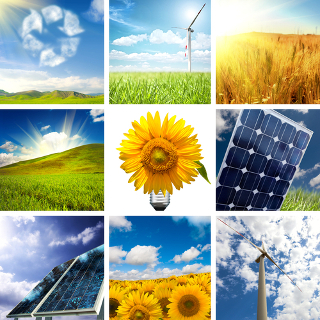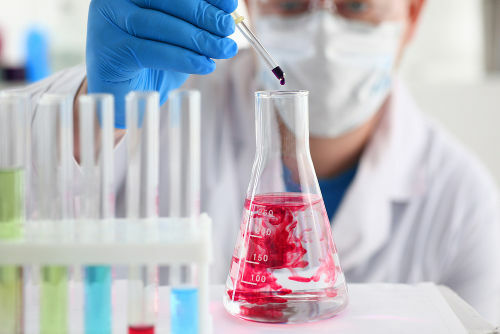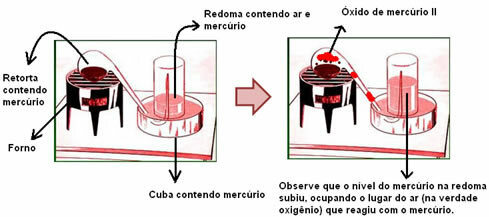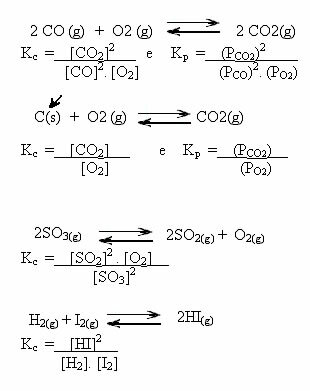Nuclear energy is considered the energy of the future, its production is based on the fission principle of the atomic nucleus. Follow the process used to obtain it:
At the core of a reactor is where it all happens: the fuel rods added to it contain fissile isotope. Water, or another liquid, makes a circular motion around the core and steals all the heat generated by the nuclear fission reaction.
The highly heated liquid, obtained in process “1”, flows to a steam generator, where the steam produced is then forwarded to a turbine connected to an energy generator. The steam moves the turbine, generating electricity.
Do not stop now... There's more after the advertising ;)
The steam produced in process "2" is condensed and recycled through the generator, and thus, the production of nuclear energy in the form of a closed system becomes constant, that is, a source of energy renewable.
In France, 80% of the energy consumed in the country is nuclear. Nuclear power plants are less polluting because they do not burn fossil fuels in the process of obtaining them. Therefore, they do not emit carbon dioxide, sulfur dioxide and other atmospheric pollutants.
By Líria Alves
Graduated in Chemistry
Would you like to reference this text in a school or academic work? Look:
SOUZA, Líria Alves de. "Energy production in nuclear power plants"; Brazil School. Available in: https://brasilescola.uol.com.br/quimica/producao-energia-nas-usinas-nucleares.htm. Accessed on June 28, 2021.
Chemistry

Get to know some clean energy sources, such as: wind, solar, tidal, geothermal, hydraulic, nuclear and biofuels.



